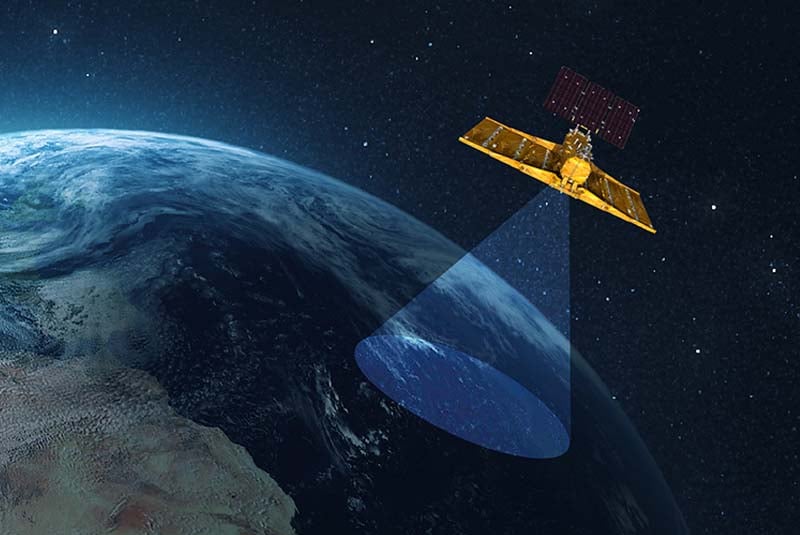The state of New Mexico has entered a four-year agreement with ASTERRA to implement the company’s satellite and AI-powered leak-detection solution across municipal drinking-water systems statewide. The deal marks a major step in New Mexico’s efforts to reduce non-revenue water and advance its 50-Year Water Action Plan, with a focus on rural and small community systems traditionally underserved by advanced leak-detection technologies.
ASTERRA’s platform uses L-band synthetic aperture radar (SAR) satellites combined with machine-learning algorithms to identify underground potable-water leaks by detecting anomalous soil moisture signatures. According to ASTERRA’s own figures, over 150,000 verified leaks have been located worldwide, saving roughly 557 billion gallons of drinkable water and more than 1.3 million MWh of energy as of 2025.
Technical Details of the Programme
Under the agreement, ASTERRA’s “Recover” product will be deployed on a subscription basis to identify suspected leak zones across New Mexico’s potable-water distribution networks. Field crews will then confirm and repair leaks using the guidance generated by ASTERRA’s satellite-derived maps.
ASTERRA’s marketing materials state that Recover can achieve up to a 400 % improvement in field-crew efficiency compared to traditional acoustic methods.
Because ASTERRA’s method works from space, it can cover large service areas including forested, rural and difficult-to-access terrain, and operate day or night and in most weather conditions. For New Mexico, this means that systems with real water-loss rates of 40 % to 70 % may now have access to a technology previously reserved for larger utilities.
Strategic Context: Why It Matters
Water loss and leakage represent a persistent challenge for many U.S. utilities, particularly in regions affected by aging infrastructure, low population density or constrained budgets. According to ASTERRA and other industry sources, many systems lose 15 %-20 % of treated water before it reaches customers.
New Mexico is placing advanced infrastructure monitoring at the centre of its long-term resilience strategy. The state’s 50-Year Water Action Plan emphasises loss-control, rural-utility support and smart-water investments. This move may signal growing interest among U.S. states and utilities in leveraging satellite-based monitoring, especially for small and rural systems that struggle to adopt cutting-edge technologies. The deal may contribute to a wider shift in how water-utilities assess and manage hidden losses in distribution systems.




